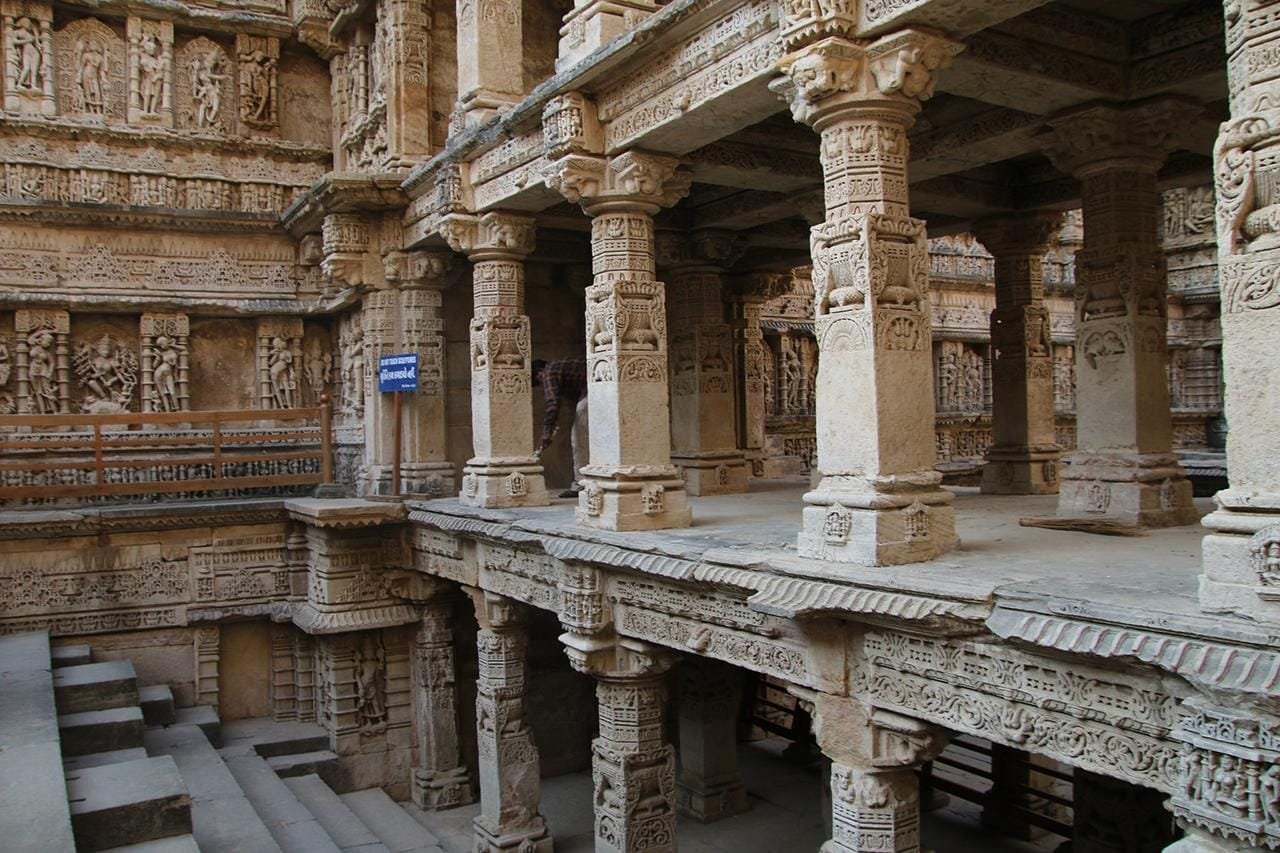A remarkable archaeological discovery has surfaced in the Laxman Ganj area of Chandausi, Sambhal district, Uttar Pradesh, where a 400-square-meter stepwell, believed to be 125 to 150 years old, has been unearthed. The find has garnered significant attention for its historical and architectural significance. Excavation work, conducted under the supervision of the Sambhal administration and the Archaeological Survey of India (ASI), is ongoing.
 A sample of a historic stepwell (the Rani ki Vav stepwell near Patan, Gujarat, India). Credit: Corey Seeman, Flickr
A sample of a historic stepwell (the Rani ki Vav stepwell near Patan, Gujarat, India). Credit: Corey Seeman, Flickr
Stepwells, or baolis, are unique structures designed to provide access to groundwater through descending staircases. They often served dual purposes as water storage systems and places of communal gathering. The Chandausi stepwell is believed to have been constructed during the reign of the maternal grandfather of the King of Bilari and is notable for its three levels—two made of marble and one of brick.
Sambhal District Magistrate Rajender Pensiya described the structure, stating, “The well’s upper floor is constructed of bricks, while the second and third floors are made of marble. The stepwell also features four chambers, a tunnel, and a well.” He added that excavation work has uncovered 210 square meters of the site, with efforts ongoing to remove encroachments covering the remaining area.
The discovery of a tunnel within the stepwell has sparked speculation that it may have been used as an escape route during the Indian Rebellion of 1857. This rebellion marked a significant uprising against the British East India Company. The tunnel’s purpose and historical context are under further investigation by experts.
Additionally, locals claim that the stepwell, previously recorded as a pond in state revenue records, was a central feature of the area when it was inhabited predominantly by the Hindu community.
Excavation began following an anti-encroachment drive and public requests to the district administration. The work, led by Krishna Kumar Sonkar, Executive Officer of the Chandausi Nagar Palika, has revealed intricate carvings, staircases, and gated chambers. “We started the excavation work as soon as we learned of the baoli’s presence,” Sonkar stated.
The discovery has also drawn attention to the dilapidated Banke Bihari temple nearby, which is believed to be of a similar age. Authorities have ᴀssured the public that restoration efforts will address both the stepwell and the temple, with measures to preserve their historical integrity.
Shipra Rani, a descendant of the late Princess Surendra Bala, has claimed that the stepwell was part of her family’s estate, which they sold to a local resident in Badaun district. This ᴀssertion, if verified, could provide additional historical context to the structure’s origins.





